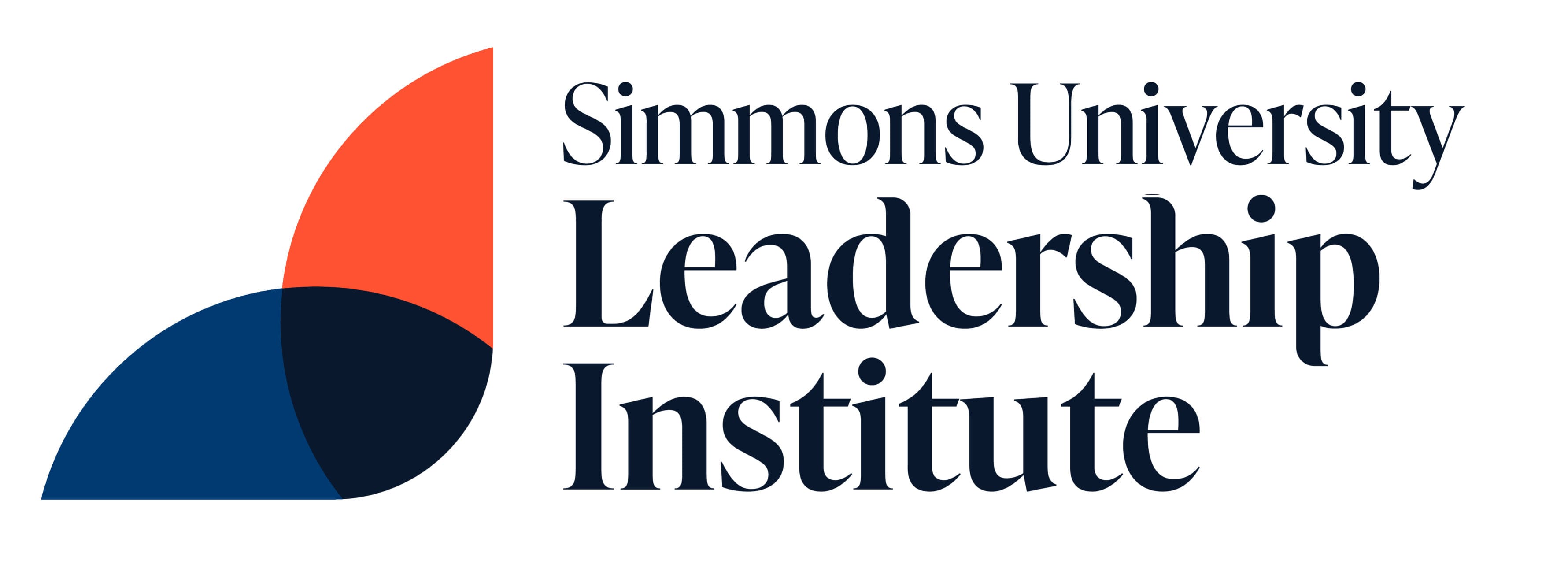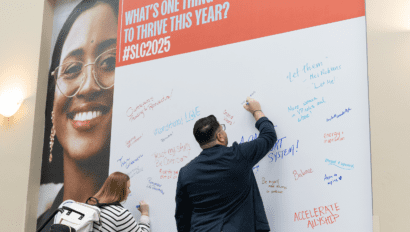Research & Insights
Redefining Burnout, Power, and the Permission to Let Go

On a recent episode of the Better Understanding podcast, I had the pleasure of speaking with seasoned HR executive Pete Church, Chief People & Culture Officer at Point32Health. Pete shared two deceptively simple insights that have stayed with me.
First: Burnout isn’t caused by too much work—it stems from a lack of control or a loss of meaning. Second, if he could wave a magic wand and give every workplace a gift, it would be two things: more patience and more good humor.
Holding It All Together (Too Tightly)
Both reflections struck a nerve. They struck the part of me that has spent years listening to and learning from women in leadership—especially working mothers. The part of me that knows we are often deeply in control, managing not only the visible responsibilities of our jobs but the invisible load of the second shift: calendars, permission slips, doctor appointments, group texts, meals, and the emotional needs of everyone we love. We are holding the whole thing together—home and work—sometimes so tightly that we forget to breathe. And yet, we don’t always name what’s happening to us as burnout.
Why? Because we are in control—at least in the moment. And because our identity as mothers, caregivers, and leaders gives us purpose. That purpose becomes a buffer. But here’s the rub: it doesn’t mean the slow drip of exhaustion isn’t happening. It just means the burnout clock is ticking quietly under the surface. And in my experience, burnout isn’t the fire—it’s the ashes left behind after years of chronic overwhelm.
Reclaiming Purpose—and the Power of Letting Go
This is where meaning matters. I believe in the power of purpose as both a compass and a remedy. But I also believe it must be paired with something else: the ability to surrender control. Not in a reckless, chaotic way—but in a deeply intentional, self-loving way. The kind of letting go that allows us to breathe again, to make room for possibility, and to feel human. Confession: my morning alarm is Bob Marley’s Three Little Birds, because I need that reminder—every single day—that “every little thing is gonna be alright.” That message is not wishful thinking—it’s a practice of perspective.
The other insight Pete shared—that we all need more patience and good humor—sounds simple. But when you’re leading in an environment riddled with fear, urgency, or uncertainty, it’s not so easy to access. In fact, it’s much easier to be patient when you sit in a position of power, when you have access to context and clarity, and aren’t left in the dark. And humor? It’s one of the greatest tools we have, but when the “sky is falling” vibe dominates a workplace, even the most hopeful among us can feel our empathy and optimism slipping away.
So here’s where I land: the antidote to burnout isn’t just taking a break. It’s reclaiming our sense of purpose and pairing it with the courage to loosen our grip. It’s inviting more patience and structural transparency into our organizations. It’s remembering that our humor, our hope, and our humanity are not indulgent—they’re essential. And it’s building cultures where women, in particular, don’t have to burn out to be seen.
What Thriving Really Looks Like
Because thriving—real, sustainable thriving—is not just about bouncing back. It’s about building something better. And that starts by naming what’s real, leading from what matters, and letting go of what no longer serves us.
Pete’s words helped me remember: thriving–and returning to our Best Self–isn’t about perfection. It’s about meaningful momentum. It’s about finding strength in release and clarity in reconnection. And it starts with conversations like this one.
Listen to my conversation with Pete Church for more insights about the future of work, well-being, and what it really means to support your people during times of change.




